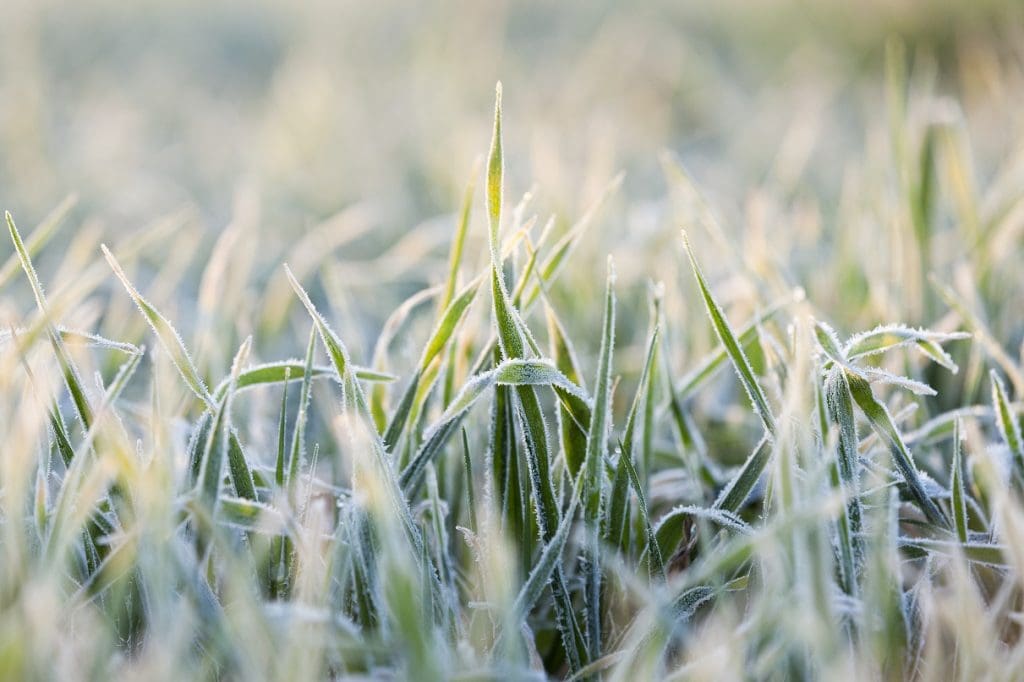
Overnight temperatures that plunged below zero throughout parts of the WA grainbelt last weekend produced severe frosts that have hit the state’s winter crop potential, as this map of temperatures on Friday night from the Bureau of Meteorology shows.
A SAVAGE frost that saw overnight temperatures drop to minus 5 degrees Celsius and below in parts of the Western Australian grainbelt last weekend has prompted the Grain Industry Association of WA (GIWA) to delay its monthly crop report until the extent of the damage has been determined.
GIWA Board member and crop report author, Michael Lamond, said the report, which was due out tomorrow (Friday), would be held back until next Friday so agronomists and analysts could get a better handle on the frost’s impact on winter crop tonnages.
“The worst affected area is probably about one million hectares, or about 12 per cent of the area in crop. In that area the very worst of it is really bad – minus 4 and minus 5 degrees at the weather stations,” he said.
“The epicentre is around Westonia, Burracoppin, Bencubbin, and north north-east of Merredin. They had two frosts in a row below 3 degrees, and a third that was below minus 1. A lot of places had minus 4. Not only were the temperatures low but it was also the duration of the frost. It was nearly all night.”
 Mr Lamond said compared to the frost event in 2016 that wiped about 2 million tonnes (Mt) from the WA winter crop, last weekend’s frost affected a smaller area, but was particularly severe in the districts it hit.
Mr Lamond said compared to the frost event in 2016 that wiped about 2 million tonnes (Mt) from the WA winter crop, last weekend’s frost affected a smaller area, but was particularly severe in the districts it hit.
“This one is more in the low rainfall areas north and east of Merredin. The gradient gets less the further north you go, but there are pockets of frost all the way to Yuna,” he said.
Mr Lamond said an important factor this time was that the frost occurred early in September and there were reasonable levels of subsoil moisture still.
“So, for crops like wheat there is the chance of recovery to some degree, but less so for canola, lupins and advanced barley,” he said.
“You can get a lot of recovery in wheat. But a lot of these crops were going to go three tonnes/hectare plus. Even with recovery that is going to be halved.
“As you go further east the ‘bucket’ is not so full as it is hotter and drier, so the opportunity for recovery is less.”
Mr Lamond said the frost, plus the dry, was going to have a significant impact on crops in the affected areas which would be particularly devastating for growers who had been looking at some of their best crops for a very long time and good prices.
One of the few upsides was that he found growers almost always overestimated the damage of frost.
“Your eye goes straight to the frosty areas”, he said.
In its last crop report in August, GIWA estimated potential total winter crop production for WA at around 20Mt, including 11.3Mt of wheat, 4.9Mt of barley and 2.49Mt of canola.
Grain Central: Get our free cropping news straight to your inbox – Click here



HAVE YOUR SAY